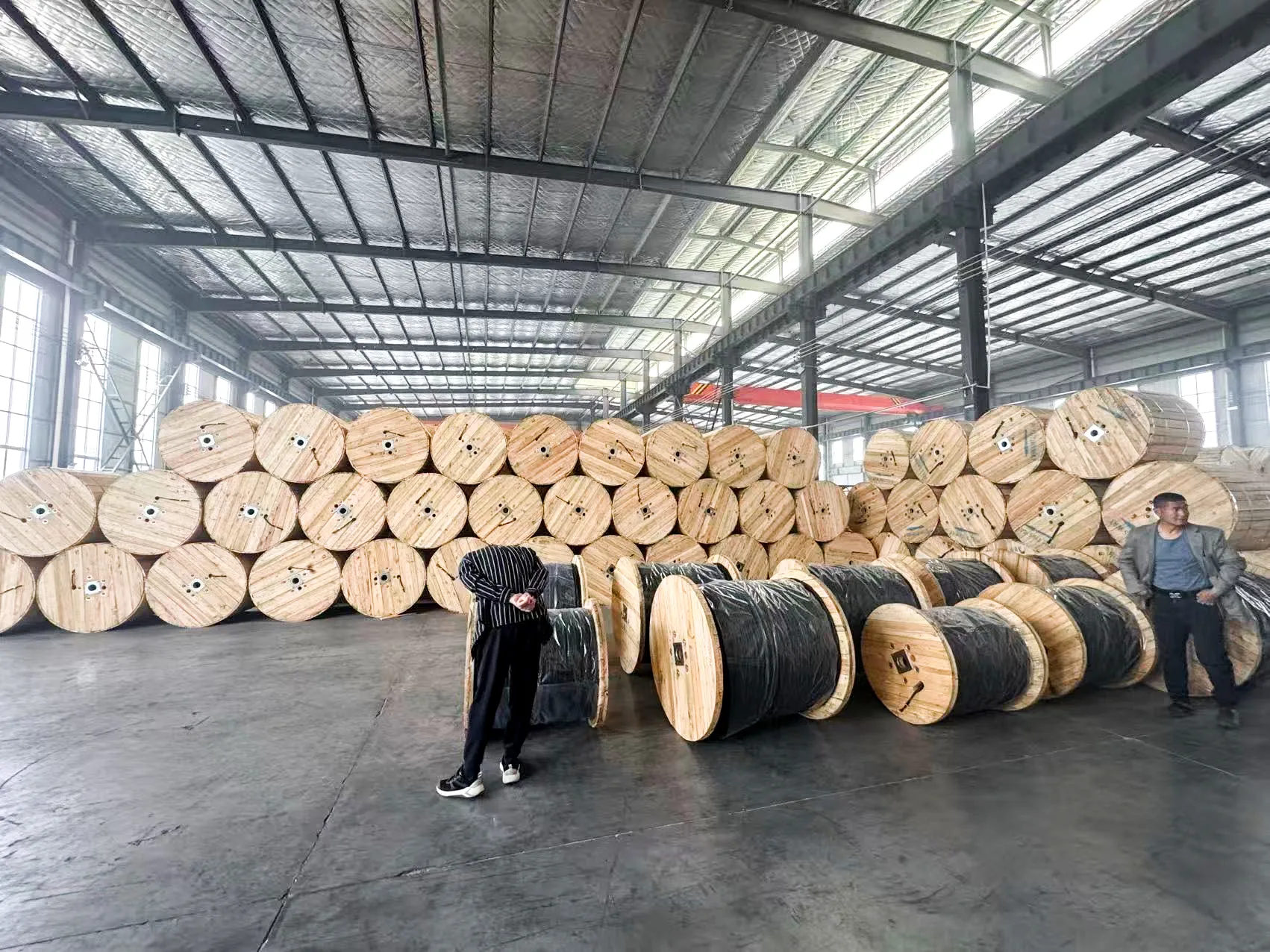Two-Core Cables: Applications and Functionality
Time: 2025-05-21 15:54:08
Source: Henan Province Jianyun Cable Co., Ltd.

Introduction to Two-Core Cables
A two-core cable is a multiconductor cable containing two individually insulated conductors within a single outer sheath. These cables are designed to transmit electrical power or signals in systems requiring a live and neutral conductor, or two signal channels, for operation. Two-core cables are widely used in residential, commercial, and industrial applications due to their simplicity, reliability, and versatility in low-voltage power and control systems.
Design and Construction
Two-core cables are engineered to meet specific electrical and environmental requirements. Their key components include:
-
Conductors: Typically made of copper or aluminum for high conductivity, the two conductors are used to carry a live and neutral current in power applications or two signal channels in control systems.
-
Insulation: Each conductor is insulated with materials such as polyvinyl chloride (PVC), cross-linked polyethylene (XLPE), or ethylene propylene rubber (EPR) to prevent electrical interference and ensure safety.
-
Outer Sheath: A protective jacket, often made of PVC, polyurethane, or low-smoke zero-halogen (LSZH) materials, shields the cable from moisture, chemicals, and mechanical damage.
-
Armor (Optional): In applications requiring enhanced durability, such as underground or industrial installations, a metallic armor layer may be included.
-
Filler or Bedding: Non-conductive materials are used to fill spaces between conductors, maintaining the cable’s structure and stability.
Primary Applications of Two-Core Cables
Two-core cables are primarily used in single-phase power systems or simple control and signal circuits. Their main applications include:
-
Single-Phase Power Distribution: Two-core cables are commonly used in residential and small commercial settings to supply single-phase power, with one conductor serving as the live (phase) and the other as the neutral. They power lighting, appliances, and small electrical devices.
-
Lighting Circuits: In homes, offices, and public buildings, two-core cables are used to connect lighting fixtures, providing power and completing the circuit with a neutral return path.
-
Control and Instrumentation Systems: Two-core cables transmit control signals or data in automation systems, such as in HVAC controls, security systems, or industrial process monitoring, where two conductors support a single control circuit.
-
Low-Voltage Applications: Used in low-voltage systems, such as doorbells, intercoms, and low-power electronics, where simple and reliable signal or power transmission is required.
-
Portable Equipment: Two-core cables are often used in extension cords or power cords for portable devices, providing flexibility and ease of use.
-
Automotive and Marine Applications: In vehicles and boats, two-core cables power low-voltage systems, such as lighting or control circuits, with designs tailored to withstand vibration and environmental exposure.
Advantages of Two-Core Cables
Two-core cables offer several benefits that make them suitable for their applications:
-
Simplicity: Their straightforward design with two conductors makes them easy to install and use in single-phase or basic control systems.
-
Compact Design: Combining two conductors in a single cable reduces installation space and simplifies cable management compared to using separate single-core cables.
-
Cost-Effectiveness: Two-core cables are economical for low-voltage and single-phase applications, offering reliable performance at a lower cost.
-
Durability: Robust insulation and sheathing ensure reliable operation in various environments, including indoor, outdoor, or industrial settings.
Challenges and Considerations
While two-core cables are effective for their intended uses, certain challenges must be addressed:
-
Limited Capacity: Two-core cables are typically suited for single-phase or low-power applications and cannot support three-phase systems, limiting their use in heavy industrial settings.
-
Environmental Exposure: Cables exposed to moisture, extreme temperatures, or chemicals require specialized sheathing or armor to prevent degradation.
-
Electromagnetic Interference (EMI): In control or signal applications, shielding may be necessary to protect against EMI and ensure signal integrity.
To mitigate these challenges, two-core cables are designed to comply with industry standards, such as those established by organizations like the Association of Edison Illuminating Companies (AEIC), ensuring performance and safety in utility applications.
Installation and Maintenance
Proper installation and maintenance are essential for the performance of two-core cables:
-
Installation: Cables must be installed with proper support and routing to avoid sharp bends, excessive tension, or damage, particularly in aerial or exposed setups. Correct identification of live and neutral conductors is critical for safety.
-
Termination and Jointing: Accurate termination to devices or junction boxes ensures reliable power or signal transmission, with proper insulation to prevent short circuits.
-
Maintenance: Regular inspections for insulation wear, corrosion, or physical damage help prevent failures. Testing for continuity and insulation resistance can identify potential issues.
Future Trends
As electrical and control systems evolve, two-core cables are adapting to meet emerging needs:
-
Smart Home Integration: Two-core cables are being optimized for smart home systems, supporting low-voltage controls for lighting, security, and IoT devices.
-
Sustainable Materials: Eco-friendly insulation and sheathing materials are being adopted to reduce environmental impact.
-
Enhanced Flexibility: Advances in flexible cable designs are improving their suitability for portable or dynamic applications, such as robotics or wearable devices.
-
Low-Voltage Innovations: Two-core cables are being developed to support emerging low-voltage technologies, such as energy-efficient lighting and renewable energy systems.
Conclusion
Two-core cables are essential components in single-phase power distribution and simple control systems, offering a reliable and cost-effective solution for residential, commercial, and low-voltage applications. Their compact design, durability, and versatility make them indispensable for powering lighting, appliances, and control circuits. As technology advances, two-core cables will continue to support the evolving needs of modern electrical and communication systems, contributing to efficient and sustainable infrastructure.
